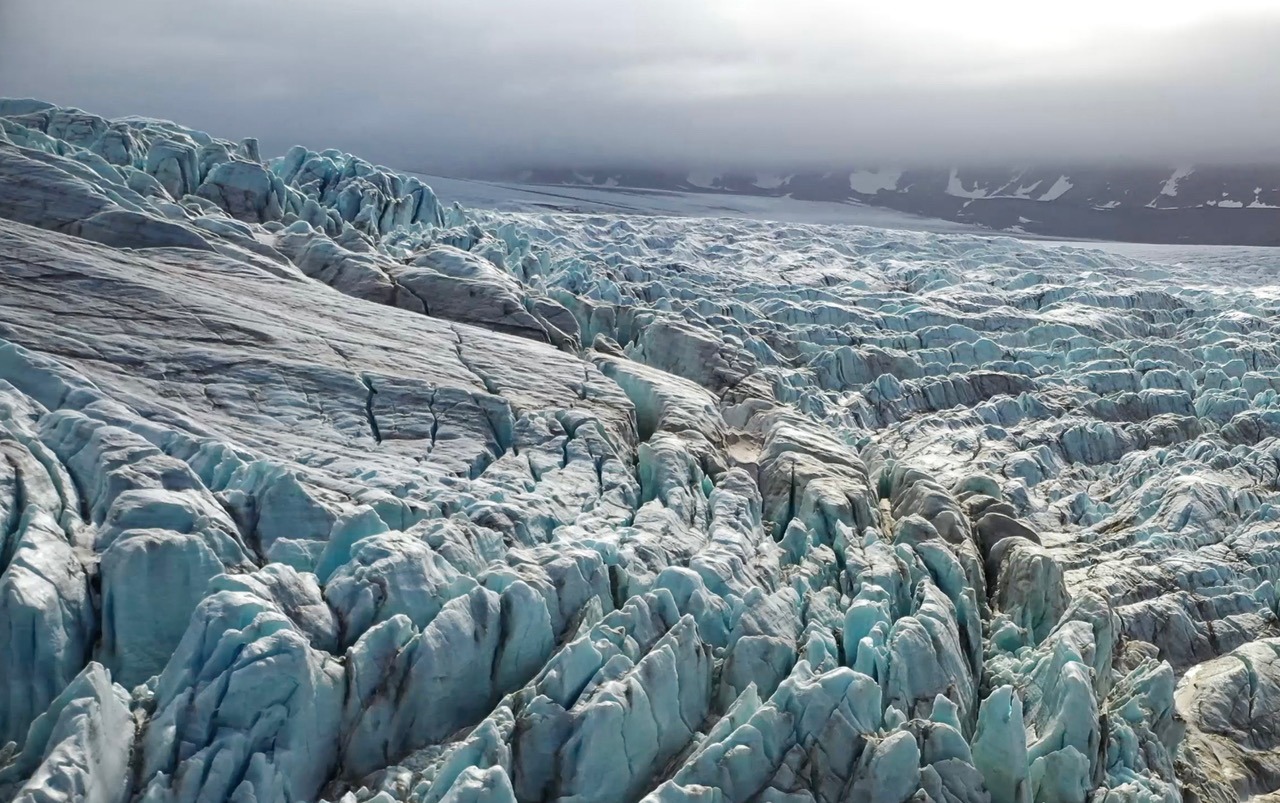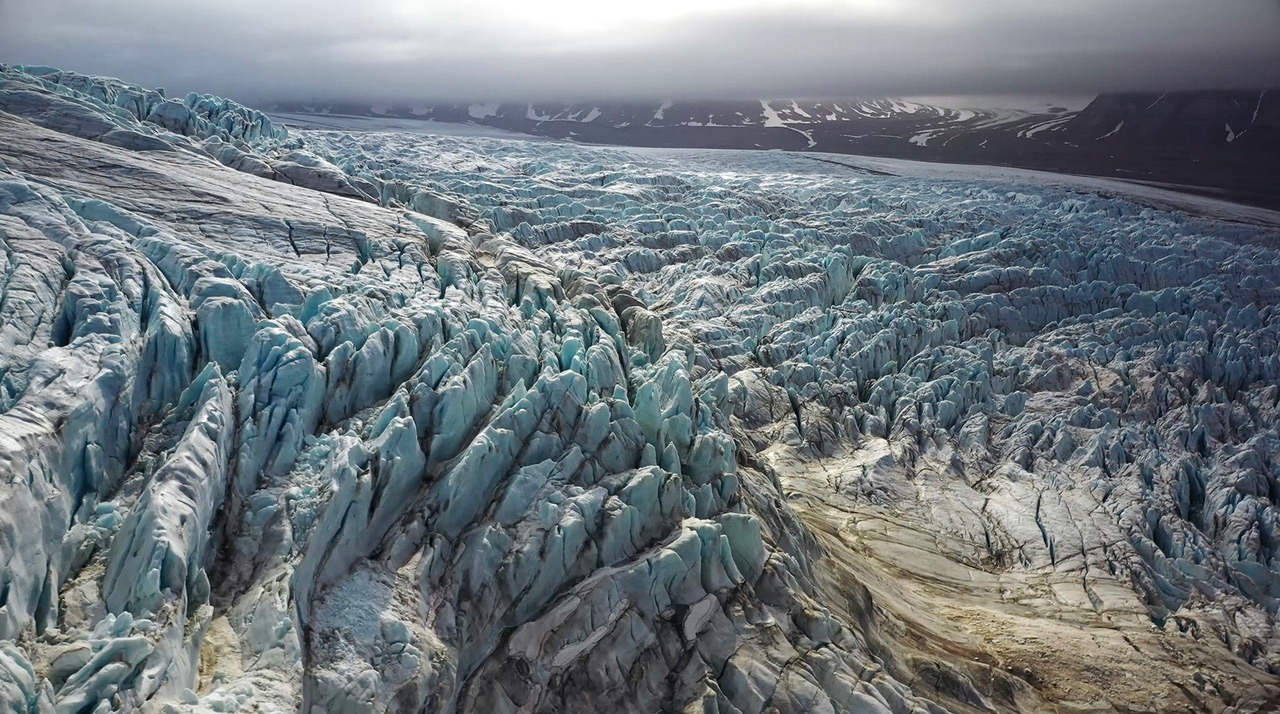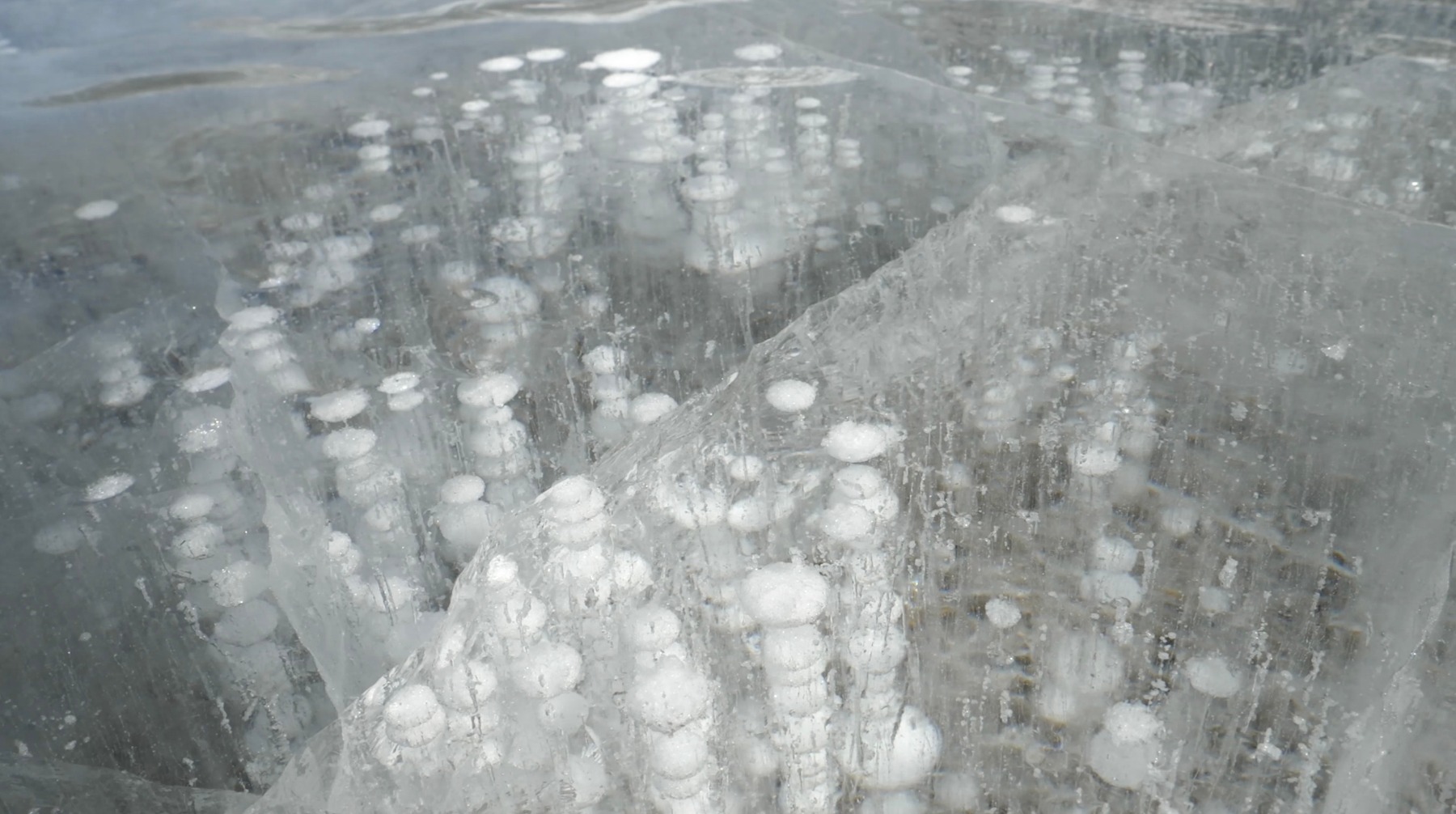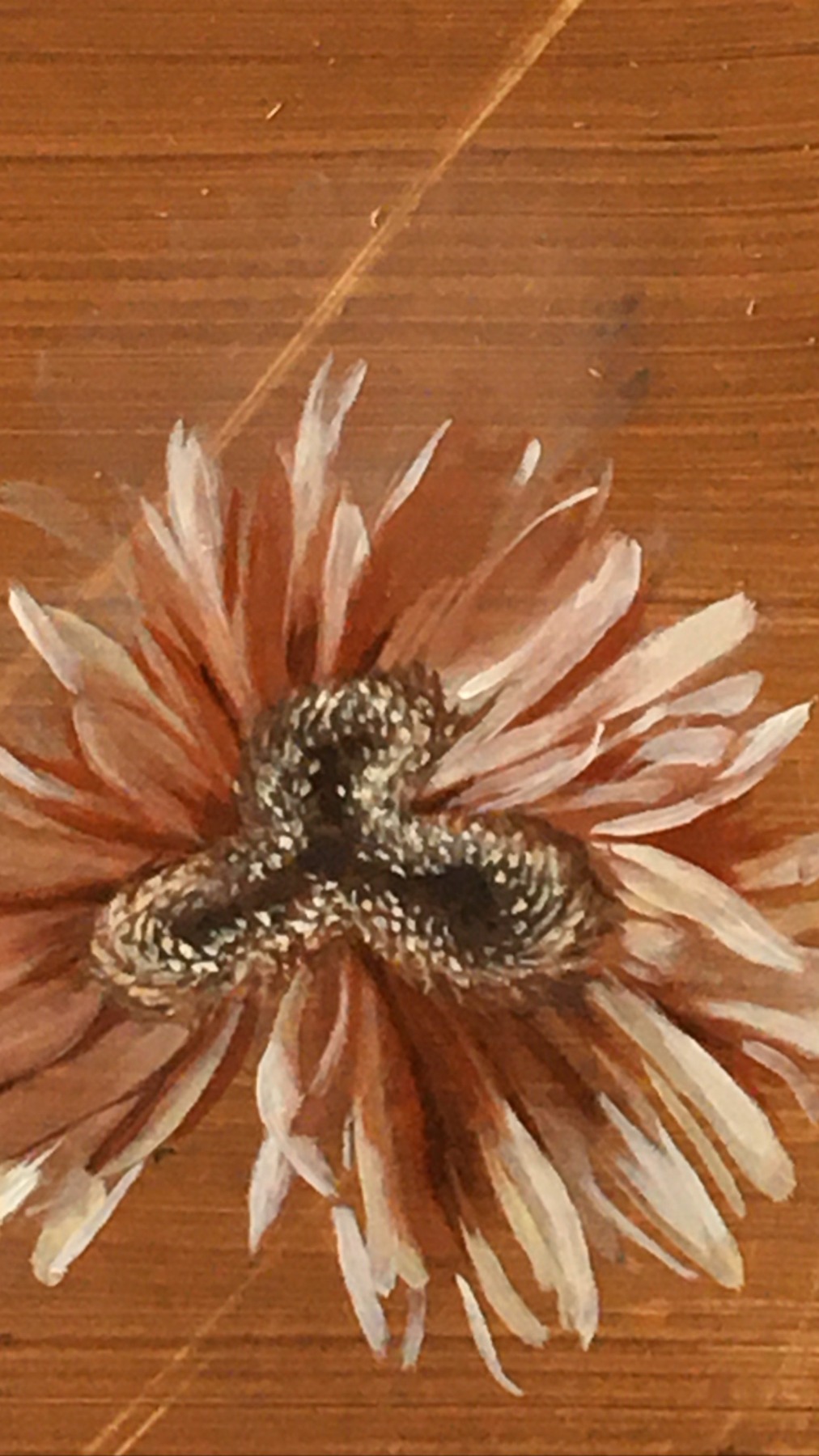
What artists are doing now. French artist Laurent Grasso in Paris
An inspiration and mutual solidarity project for the creative industries
In the current situation, clearly our top priority is to take care of our families, friends and fellow citizens. Nevertheless, while public life is paralyzed and museums, galleries and cultural institutions are closed, in many of us neither the urge to work nor the creative spark have disappeared. In fact, quite the opposite is happening in what is turning out to be a time that befits self-reflection and the generation of new ideas for the future. Although we are at home and self-isolating, we all – artists, creatives and Arterritory.com – continue to work, think and feel. As a sort of gesture of inspiration and ‘remote’ mutual solidarity, we have launched the project titled What Artists Are Doing Now, with the aim of showing and affirming that neither life nor creative energy are coming to a stop during this crisis. We have invited artists from all over the world to send us a short video or photo story illustrating what they are doing, what they are thinking, and how they are feeling during this time of crisis and self-isolation. All artist stories will be published on Arterritory.com and on our Instagram and Facebook accounts. We at Arterritory.com are convinced that creativity and positive emotions are good for the immune system and just might help us better navigate through these difficult times.
From his studio in Paris, French artist Laurent Grasso answers a short questionnaire by Arterritory.com:
Are you working on any projects right now in your studio? If so, could you briefly describe them?
I’m working on a project for Musée d’Orsay. I have been invited by its director, Laurence des Cars, to design a project as part of the contemporary arts programme curated by Donatien Grau for the main nave of the museum, which will debut this fall.
The project will relate to an exhibition on Darwin (Les Origines du monde. L’invention de la nature au siècle de Darwin [The Origins of Humankind, the Invention of Nature in Darwin’s Century], curated by Laura Bossi, a neurologist and science historian).
To reflect upon what the idea of nature is today, I decided to focus on the Earth’s metamorphoses and the blurred distinctions between nature and culture. We started to collect documentation about places where these metamorphoses were visually strong.
We used different databases to develop and prepare the film shoot. It was very challenging because many places caught our attention. I am very fond of the magic of filming and the challenge of getting to areas of the world that are inaccessible. But as we thought about the project, a more profound issue than the ability to be able to move about arose, namely, the ‘virtualization’ of the world. With the advent of the lockdown, the solution was ultimately quite obvious: we would use the databases to do the final project and create a virtual shoot.
In the meantime, adhering to my usual approach, I started to create objects, paintings, and sculptures related to this film project. I found some pictures of transformed daisies that had supposedly mutated after Fukushima, and I started to work on a post-disaster herbarium.
What is interesting is that the film project completely interweaves with our situation, which is all about the mutations on Earth, and it is linked with the lockdown because current circumstances have led us to carry out a virtual shoot.
I also try to collect quotations and interesting theoretical material by thinkers like Giorgio Agamben, Philippe Descola, and Emmanuele Coccia… people able to think about our present world.
For this project, I put together a scientific team and collaborated with Gregory Quenet, a researcher in environmental history.
What is your recipe for survival in a time when most news is nothing but bad?
I am not a big fan of playlists, reading suggestions, and the confinement diaries found on social media.
But of course, the digitalization of our world is now essential.
We need to do vital things: be with our family, eat well, walk, call friends, if possible meditate… and absolutely use this time to think and imagine new ways of doing things, of working.
It is difficult. The most efficient way to survive is by exercising mind and body. Trying to be correctly informed and to define one’s own opinion.
The bad news started a long time ago! My generation is contemporary with HIV/AIDS, Chernobyl, climate change, the Anthropocene, terrorism, Fukushima... We are in an ongoing disaster! But it was still possible to deny its presence, or to feel protected to a certain degree. Now the danger is collective; it affects everybody no matter the country or a person’s income. Before, it was possible to ignore the different disasters all over the world, which were always happening somewhere else. Now, they are everywhere and we are all affected.
What is something that we all (each of us, personally) could do to make the world a better place when this disaster comes to an end? It’s clear that the world will no longer be the same again, but at the same time...there is a kind of magic in every new beginning.
Of course, we could make our voices stronger to prevent political forces from grabbing the opportunity to reinstate the same conditions. We should all be more involved and should conserve our energy.
But beyond that, I have been working for some time on what the English philosopher Timothy Morton calls ‘hyperobjects’, which are large-scale phenomena that often defy understanding but nevertheless have a significant impact on our daily lives. Solar winds, for example, which I referred to in my project Solar Wind (2016), are hyperobjects because they are widely distributed in time and space. They may be deployed light years away, but they nevertheless have a considerable impact on the Earth and can cause magnetic storms and blackouts on the scale of an entire city. Climate change is also a hyperobject: it is difficult to identify its contours and boundaries, but its impact is felt everywhere. In a way, the health crisis caused by Covid-19 is a hyperobject whose invisibility is equalled only by its global reach. It is the complex result of hazardous interactions between humans and non-humans and of globalized geography.
We have to accept that there has been a paradigm shift: we are no longer the masters and possessors of nature, as Descartes thought, and we will have to deal with nature and more generally with non-humans. So we have to move from the overbearing posture that was characteristic of the industrial revolution to a much more egalitarian position in which we accept our status as beings among other beings.
The art world and the cultural sector are among the most affected. What is the main lesson the art world should learn from all this? How do you imagine the post-apocalyptic art scene?
Our community is something that we should protect. We are fortunate to be part of this art world and it’s great to meet each other and talk, think together. Of course, the lockdown has accentuated the growing importance of the world’s virtualization. But this crisis will restore a good balance between the pleasure of being together and the necessary space and time we need individually to think. I hope that people who appreciate and look at art will focus on artists, helping to create interesting ways of seeing the world.
Laurent Grasso. Work in progress (screenshots of a film project) / Photo: Studio Laurent Grasso / Courtesy of the artist and Perrotin / © Laurent Grasso / ADAGP, Paris 2020
Laurent Grasso. Work in progress (screenshots of a film project) / Photo: Studio Laurent Grasso / Courtesy of the artist and Perrotin / © Laurent Grasso / ADAGP, Paris 2020
Laurent Grasso. Work in progress (screenshots of a film project) / Photo: Studio Laurent Grasso / Courtesy of the artist and Perrotin / © Laurent Grasso / ADAGP, Paris 2020
Laurent Grasso. Work in progress (screenshots of a film project) / Photo: Studio Laurent Grasso / Courtesy of the artist and Perrotin / © Laurent Grasso / ADAGP, Paris 2020
Laurent Grasso. Work in progress (screenshots of a film project) / Photo: Studio Laurent Grasso / Courtesy of the artist and Perrotin / © Laurent Grasso / ADAGP, Paris 2020
Laurent Grasso. Work in progress (screenshots of a film project) / Photo: Studio Laurent Grasso / Courtesy of the artist and Perrotin / © Laurent Grasso / ADAGP, Paris 2020
Laurent Grasso. Work in progress (screenshots of a film project) / Photo: Studio Laurent Grasso / Courtesy of the artist and Perrotin / © Laurent Grasso / ADAGP, Paris 2020
Laurent Grasso. Work in progress (screenshots of a film project) / Photo: Studio Laurent Grasso / Courtesy of the artist and Perrotin / © Laurent Grasso / ADAGP, Paris 2020
Laurent Grasso. Simulation of the installation of a LED screen in the nave of the Musée d’Orsay / Photo: Studio Laurent Grasso / Courtesy of the artist and Perrotin / © Laurent Grasso / ADAGP, Paris 2020
Laurent Grasso. Untitled. 2020. Oil on wood, 33 x 24 cm / Photo: Studio Laurent Grasso / Courtesy of the artist and Perrotin / © Laurent Grasso / ADAGP, Paris 2020
Laurent Grasso. Work in progress (sketch). Oil on wood / Photo: Studio Laurent Grasso / Courtesy of the artist and Perrotin / © Laurent Grasso / ADAGP, Paris 2020
Laurent Grasso. Work in progress (rendering). Oil on canvas / Photo: Studio Laurent Grasso / Courtesy of the artist and Perrotin / © Laurent Grasso / ADAGP, Paris 2020
Laurent Grasso. Work in progress and research on mutated flowers / Photo :Studio Laurent Grasso / Courtesy of the artist and Perrotin / © Laurent Grasso / ADAGP, Paris 2020
Laurent Grasso. Work in progress and research on mutated flowers / Photo: Studio Laurent Grasso / Courtesy of the artist and Perrotin / © Laurent Grasso / ADAGP, Paris 2020
Laurent Grasso. Photo: Roberto Battistini
***
The works of French artist Laurent Grasso are a constant testimony to the fact that there is no frame for reality. By refraining from judgment and maintaining the distance of an observer, Grasso merely reveals ever new layers of reality – like a kind of Maya veil – of things, processes, and phenomena, our preconceptions of which have been formed by our stereotypes, fragmented private experience and also sometimes inaccurate or even deliberately skewed information.
Throughout his career as an artist, Grasso has been interested in physics, philosophy, alchemy, anthropology, science fiction, and paranormal phenomena as well as contemporary mythologies and rumors and how they interact with reality. In his artwork, he is in constant dialogue with people from these diverse fields, and he constantly pushes himself and viewers outside their comfort zones. Each of his works, from sculpture to video and painting, is a kind of research project that exists outside of usual experience.
Grasso is the recipient of the Meru Art*Science Award in Bergamo, Italy, the Chevalier de l’ordre des Arts et des Lettres and the Marcel Duchamp Prize. He is the subject of a major monograph, Laurent Grasso: Soleil Double published by Dilecta in 2015. His work has been the subject of solo exhibitions at international institutions including the Palais Fesch, Musée des Beaux-Arts, Ajaccio, France; the Hermès Foundation, Tokyo, Japan; Kunsthaus Baselland, Muttenz, Switzerland; the Musée d’Art Contemporain, Montréal, Canada; Jeu de Paume, Paris, France; the Bass Museum of Art, Miami, Florida; the Hirshhorn Museum and Sculpture Garden, Washington D.C., and Palais de Tokyo, Paris, France.
Grasso has been included in many international biennials including the 21st Sydney Biennale, Australia (2018); EVA International, Limerick, Ireland (2018); Kochi, India (2014); Gwangju 9th, South Korea (2012); Manifesta 8, Cartagena/ Murcia, Spain (2010); Sharjah, United Arab Emirates (2009); Moscow, Russia (2009); and Busan, South Korea (2004 and 2006).